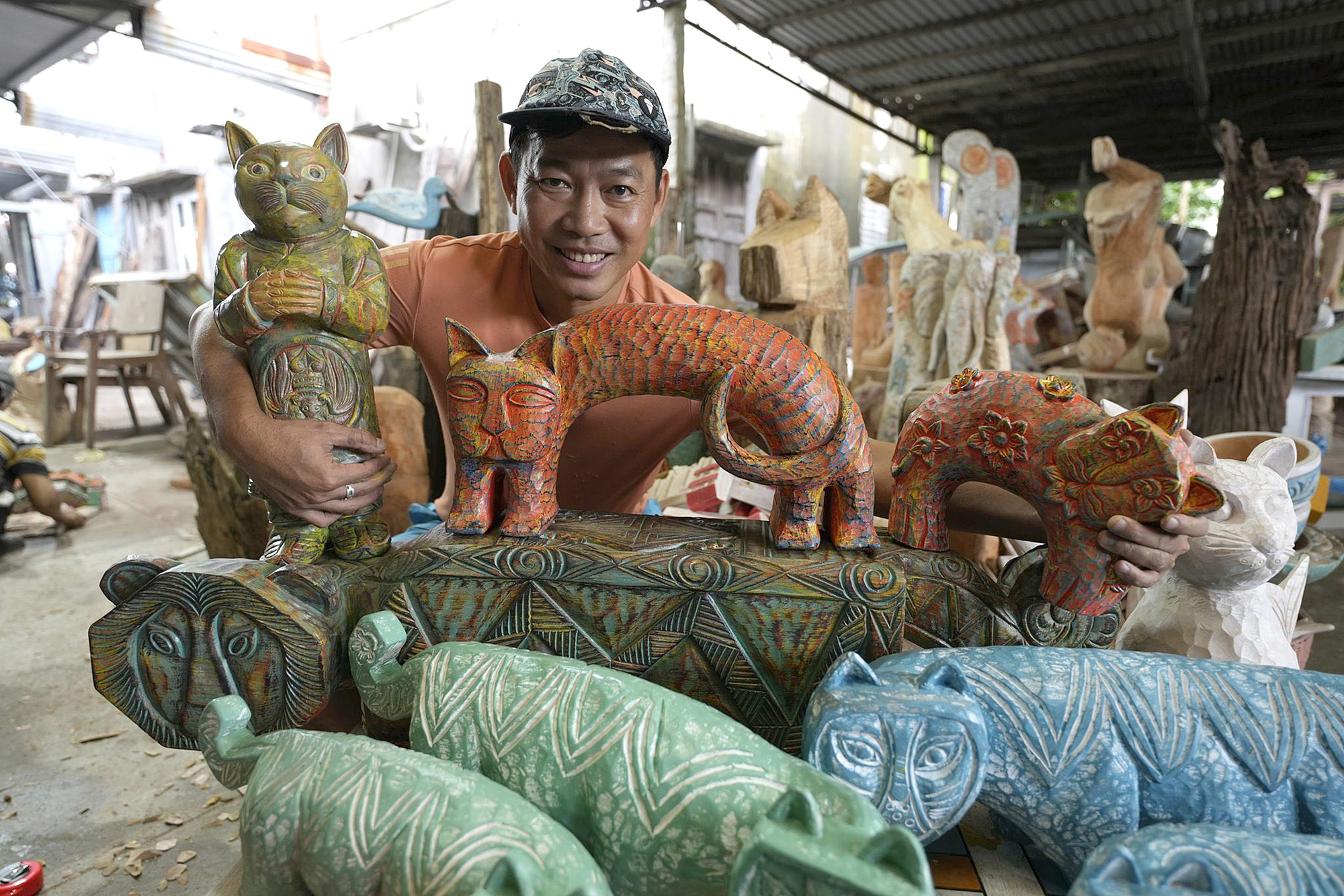Hoi An’s storied craft and folk arts scenes, alongside its carefully preserved centuries-old heritage, are integral to the city reaching its full potential, the city’s deputy chairman Nguyen Van Lanh told Tuoi Tre (Youth) newspaper on Tuesday.
Spanning 60 square kilometers and boasting a population of just under 150,000, Hoi An City is known for its well-preserved ancient town, which was designated as a world heritage site in 1999 and showcases remarkable architecture.
The city is also home to dozens of traditional craft villages, with over 100 located within its ancient quarters alone. Each village specializes in diverse crafts such as silk and leather production, tailoring, embroidery, woodcarving, and pottery.
Hoi An also boasts a wealth of architectural heritage and features a collection of centuries-old houses and various folk arts including ‘bai choi’ and ‘ba trao’ singing.
Deputy chairman Nguyen Van Lanh further noted that Hoi An has consistently served as an exemplary model for how to revive and utilize the potentialities of craft villages and folk arts.
In this thriving community, artisans, craftsmen, and individuals with creative ideas are encouraged to freely express themselves and bring their unique creations to life.
The ability of the residents in the lower Thu Bon River basin to adapt to various circumstances and preserve cultural values and craft villages over time demonstrates their remarkable creativity and ingenuity, said Nguyen Van Lanh.
However, Hoi An now faces the task of demonstrating that its creative products and initiatives can thrive without relying solely on tourism, in accordance with UNESCO’s criteria for a creative city.
Despite facing significant challenges, the city has the capacity to overcome them through its ability to integrate and adapt, as stated by the city official.
In addition to Hoi An, Da Lat City in the Central Highlands province of Lam Dong is also actively pursuing membership to the UNESCO Creative Cities Network, specifically in the field of music.
Hanoi was the first city in Vietnam to join the network back in 2019.
Established by UNESCO in 2004, the network aims to foster collaboration among cities that prioritize creativity as a key driver of their development.
The network recognizes seven creative fields, including craft and folk arts, media, film, design, gastronomy, literature, and music.
Currently, the network includes 301 cities around the world.
Like us on Facebook or follow us on Twitter to get the latest news about Vietnam!




